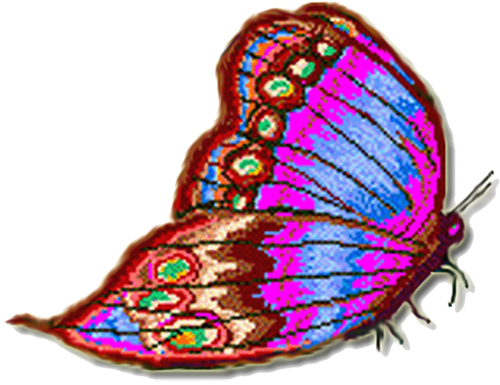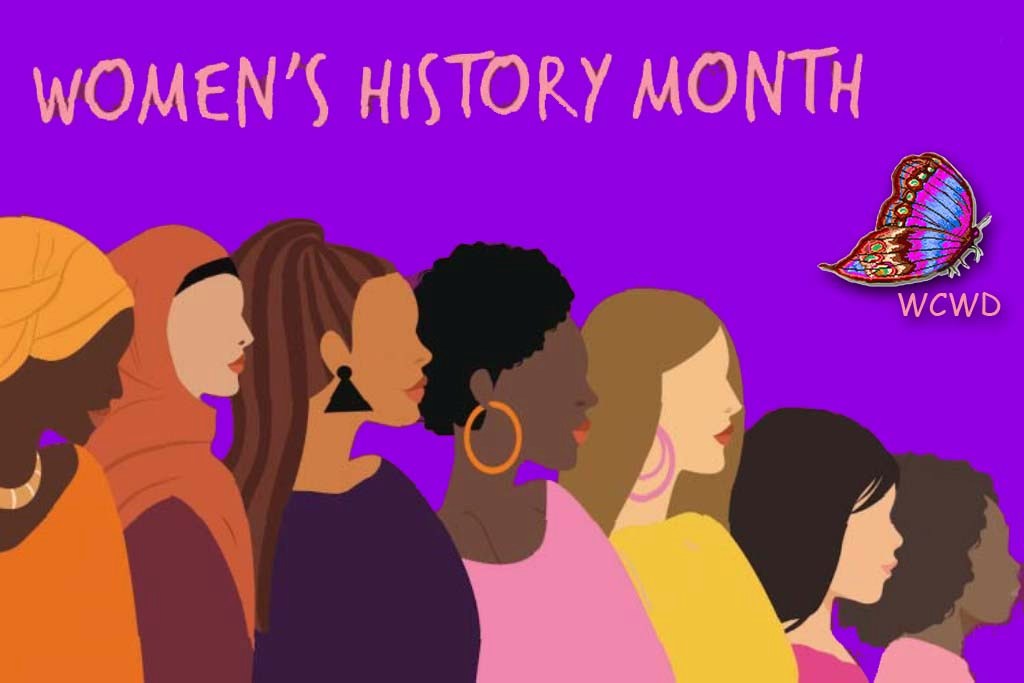The month of March means the start of spring, tricky weather, St. Patrick’s Day, daylight savings time, and Women’s History Month. M-A-R-C-H back through the looking glass of time with me as we echo the past. The theme of this year’s celebration is “Portraying Women’s Strength.”
Women’s History Month
An annual declared month to highlight the contributions of women to events in history, culture, and contemporary society.
International Women’s Day ……
is on March 8th. In 1980, President Jimmy Carter issued the first presidential proclamation declaring the week of March 8 as National Women’s History Week. Subsequent Presidents continued to proclaim a National Women’s History Week in March until 1987 when Congress passed Public Law 100-9, designating “Women’s History Month.”
Continuing the past……..
Women’s History and Resource Center (WHRC) was founded in 1984 to collect, preserve, interpret, and promote the history of the General Federation of Women’s Clubs (GFWC). Documents contributed from 1890 to the present are in GFWC archives, special collections, and publications. The WHRC maintains a reference library collection focused on women’s history, the Women’s Club movement, and the history of volunteerism.
The WHRC opened at GFWC Headquarters on May 1, 1984. Vice President George H.W. Bush cut the ribbon opening that day. Back in 1901 a federal charter mandate was to locate headquarters in Washington, D.C. The General Federation of Women’s Clubs (GFWC) purchased the building on 1734 N Street, D.C. to permanently preserve archives, special collections, and a research library. GFWC’s most significant “artifact” is our Headquarters building which was designated as a National Historic Landmark in 1991.
Going Back in Time…
The woman elected in 1890 to lead the brand-new General Federation was Charlotte Emerson Brown of New Jersey. She was a delegate from the Women’s Club of Orange, N.J. At the founding convention she served two terms and laid the groundwork for the policies, procedures, and legal foundation going strong for over 130 years now. During her presidency, membership expanded quickly from 50 clubs to several hundred. She was instrumental in the GFWC’s formation of state-level organizations. She was an avid reader who spoke many languages, a teacher, traveler abroad, taught modern languages in a college, studied music, and encouraged women to educate themselves to become advocates in their communities. Back then they advocated for clean milk, street lights, and libraries as well as regulations for child labor and maternal health. In 1894 Brown finished her term as president.
Did You Know?
The Women’s City Club of New York influenced the life of Eleanor Roosevelt and was an important training ground for her public life. She wrote speeches, reports, and political analysis while a member. A famous quote by Eleanor Roosevelt is “A woman is like a tea bag—you can’t tell how strong she is until you put her in hot water.”
–Linda Jones, WCWD Historian

